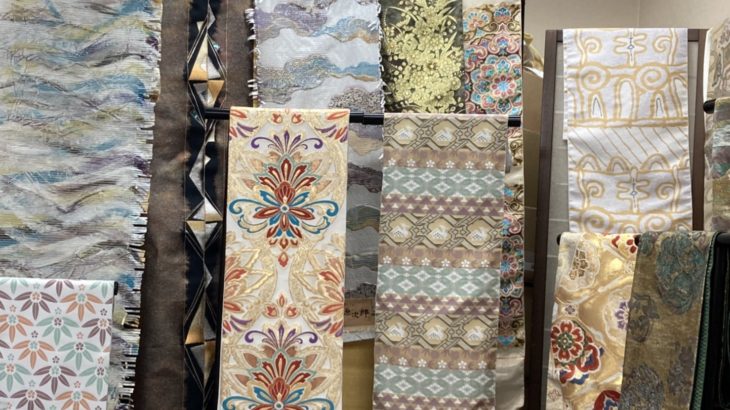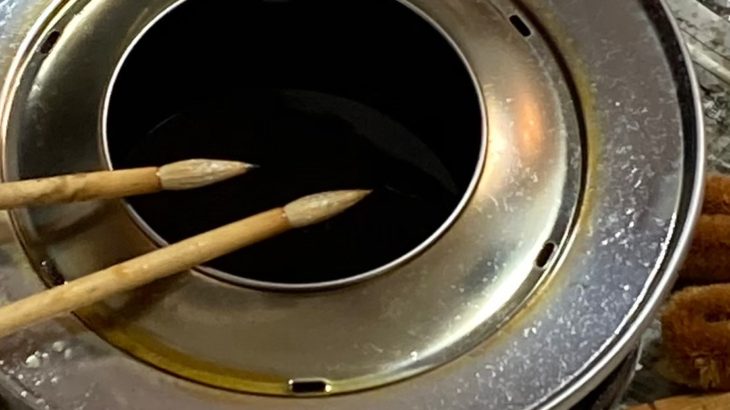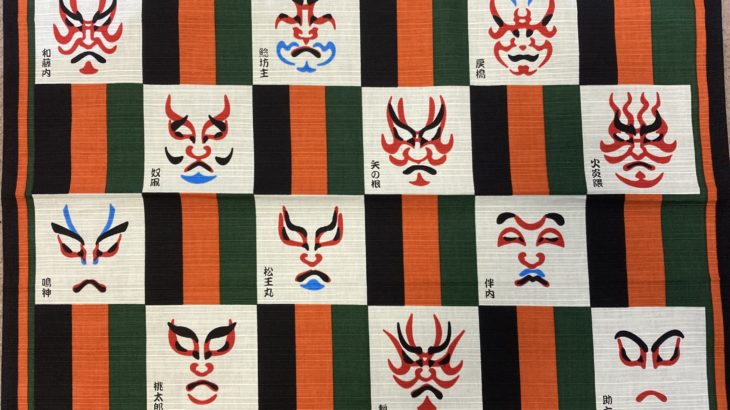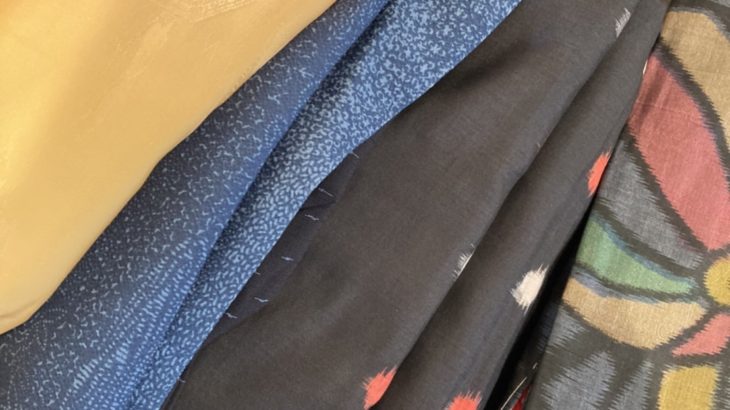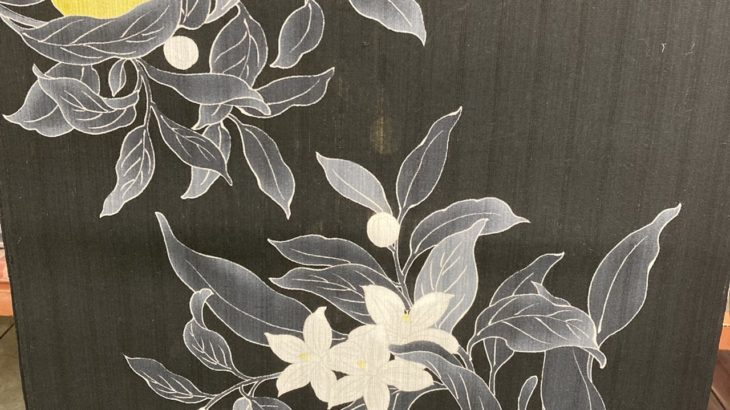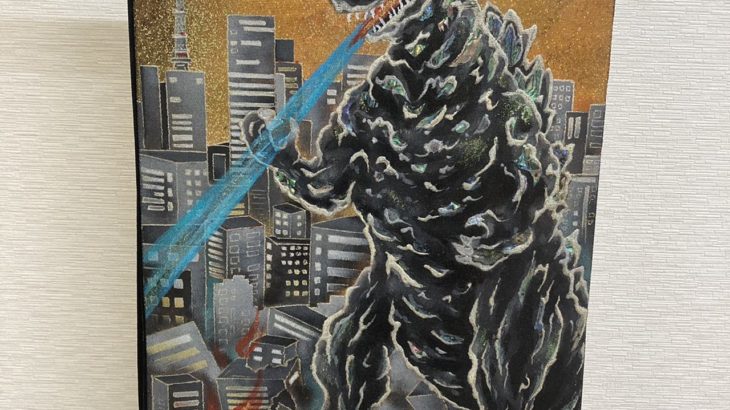Hello, this is Shinji from Warashibe-choja.jp. Before COVID-19, I saw many tourists in kimono in Kyoto, but now there are fewer and fewer. I used to see people wearing furisode and hanhaba-obi. However, there is actually a reason why people wear hukuro-obi when they are involved in kimono.
Depending on the material of the obi and the shape of the obi, there is a certain prestige to the obi as well as the kimono. In this article, I would like to introduce the different types of obi.
1,Type of Obi
There are various types and materials of obi, and the grade of the obi varies depending on its shape and material. In this article, I would like to talk about some of the most common types. It is said that the obi was first created in the Muromachi period (1336-1573), and until then, the kimono was held in place with strings. When Ashikaga Yoshimasa was the shogun, the obi was called hiraguke obi, which is about 8cm wide and 3m long. The hiraguke obi is now used as an obi to be tied to the hanten at festivals.
① Hukuro-obi
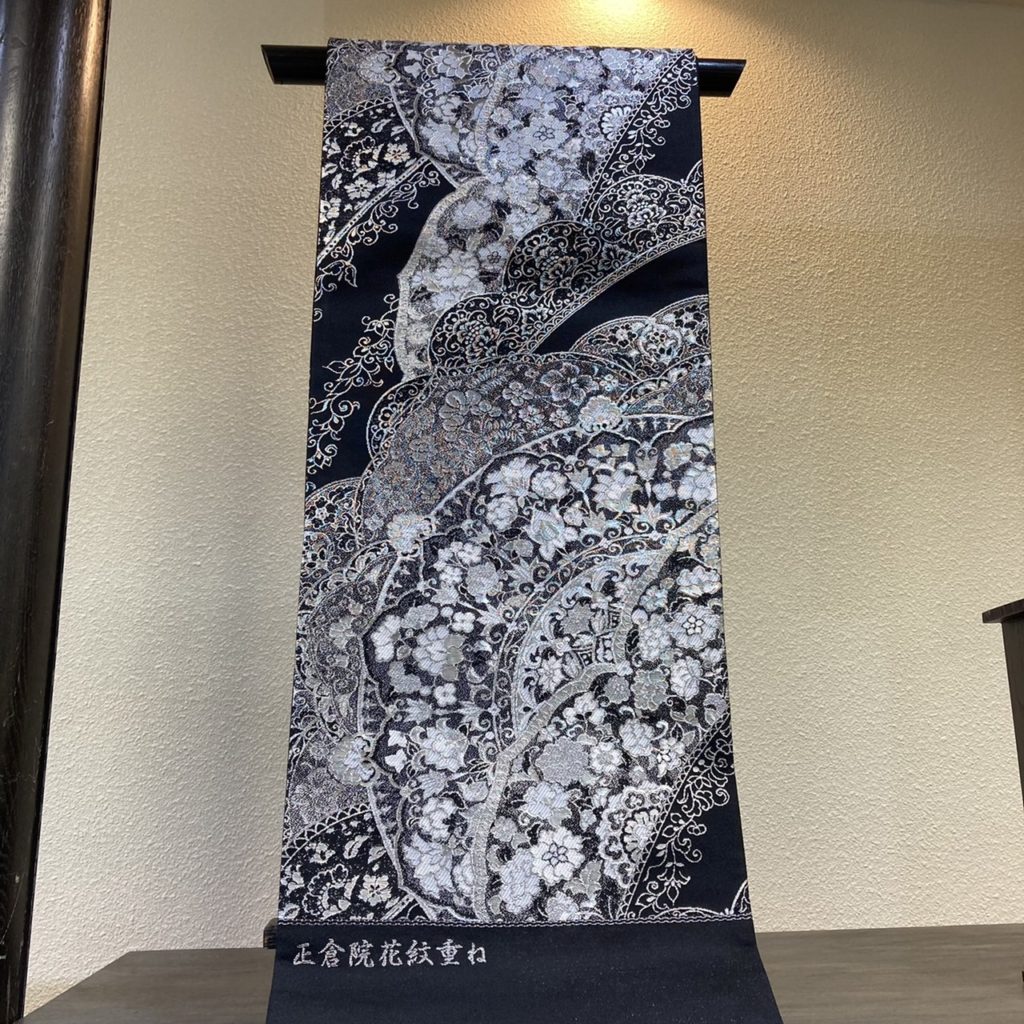
As the name suggests, a sack obi is an obi that is made to look like a bag in a circle. In recent years, most obis are made by sewing together the front and back of the obi. A sack obi that is made with the front and back connected is called a “Honbukuro-obi. In the old days, there was also a type of obi called “Maru-obi” which was woven with double the width of the obi, but since it was quite heavy, it was not favored by many people and is rarely seen nowadays.
A sack obi is about 4m30cm long and 30cm wide. The obi knot is called a niju-daiko, which means “double drum,” and the drum part overlaps the obi. Like the furisode and tomesode I mentioned earlier, it is better to have an overlapping obi for celebrations, so a fukuro obi is used.
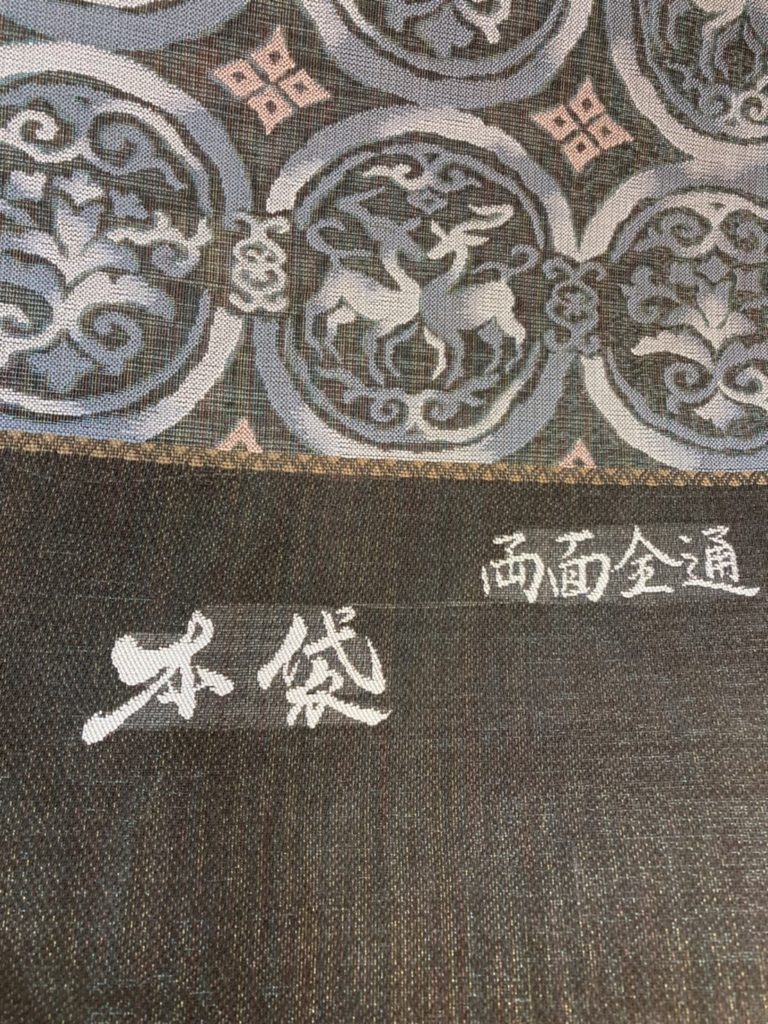
② Nagoya-obi
Nagoya-obi is a simplified version of Hukuro-obi, which was invented in Nagoya in the Taisho era.
It was invented in Nagoya during the Taisho era (1912-1926). Nagoya-obi is called Ichijyu-daiko when it is tied, and is easy for beginners to tie because the taiko part is single-layered and does not overlap. It is said that Nagoya-obi has its roots in the Taisho era (1912-1926), when it was invented to save time from having to wear a kimono every day.
Since it is better not to overlap condolence events, the kuro-montsuki, which is said to be the first formal kimono, is also tied with the black nagoya-obi for condolence events.
Basically, you can use the hukuro-obi for formal wear.
The length of the Nagoya-obi is about 3m60cm to 80cm. There are two types of Nagoya obis: the Hassun-Nagoya obi and the Kyusun-Nagoya obi. The Hassun-Nagoya obi is 30 cm wide when finished, while the Kyusun-Nagoya obi has a seam allowance and is 30 cm wide when finished with an obi core.
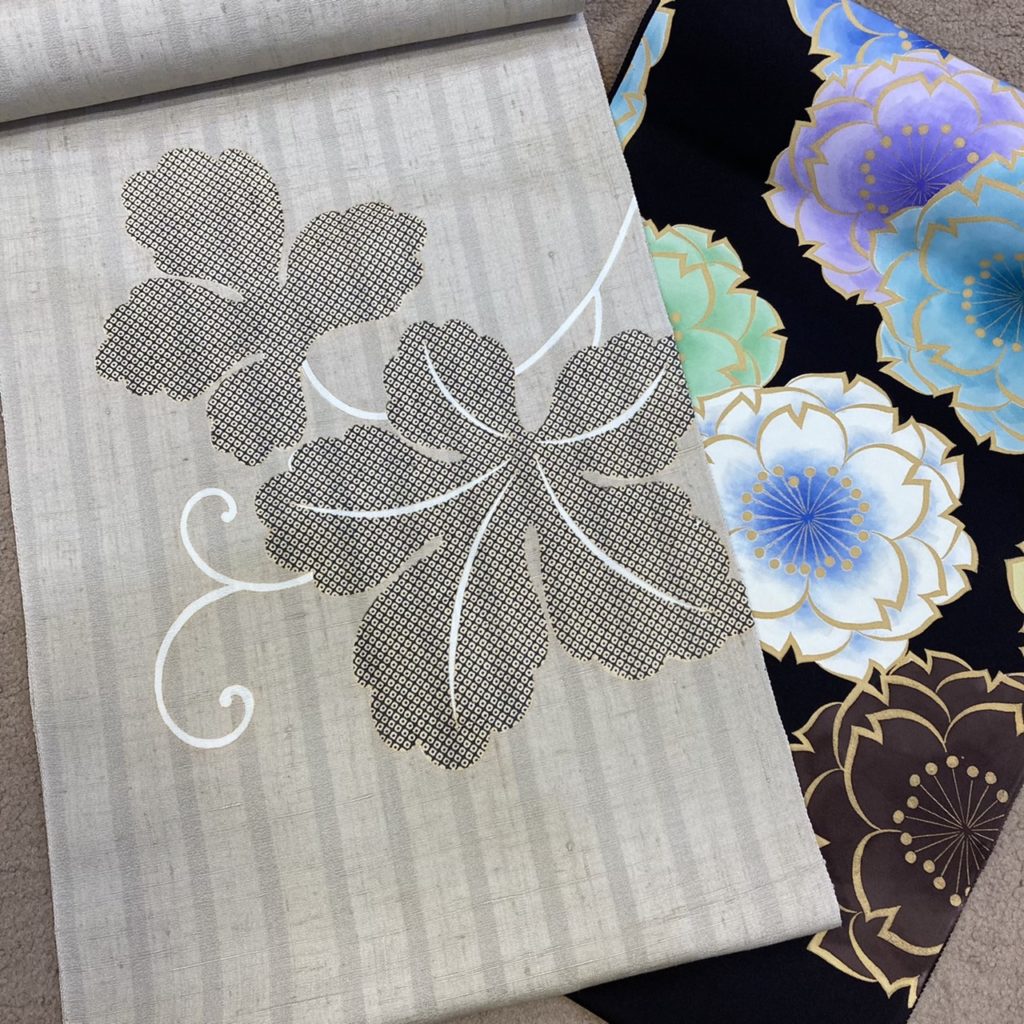
③ Hanhaba-obi
Hanhaba-obi was originally a kind of string that became about 15 cm wide in the Edo period. It is said that Hanhaba-obi became popular when a popular actor at that time used the obi knot of a girl going to Hanami as a reference on stage. The length is about 4 meters and the width is 15 centimeters, so the obi with half the width is called Hanhaba-obi. It is very useful for beginners because it is easy to tie. Nowadays, Hanhaba-obi with a length of about 4m20cm is also available, and it is easy to arrange the knot.
Hanhaba-obi is an obi that can be easily enjoyed with everyday wear. Recently, there have been knots designed to look like anime characters, making it a popular obi.
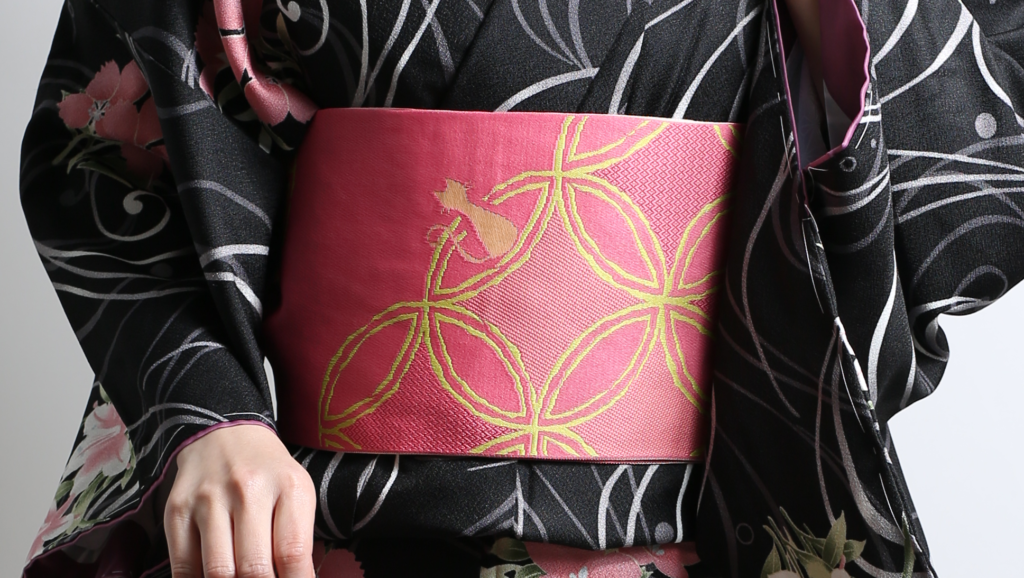
④ Kaku-obi
Kaku-obi is an obi for men. It is tied in a knot and is about 4 meters long and 9.5 cm wide. Nowadays, there are longer sashes that are 4m 50cm long, and those that are a little wider are used by those who are well-built. There are also belt types and string-tying types for people from overseas or those who don’t know how to tie a knot, but I think it’s better to learn and tie a knot because it’s easier. Kimono shops want to teach the Kai-no-kuchi, which can be used by both men and women, but I personally think the Kata-basami is easier and better.
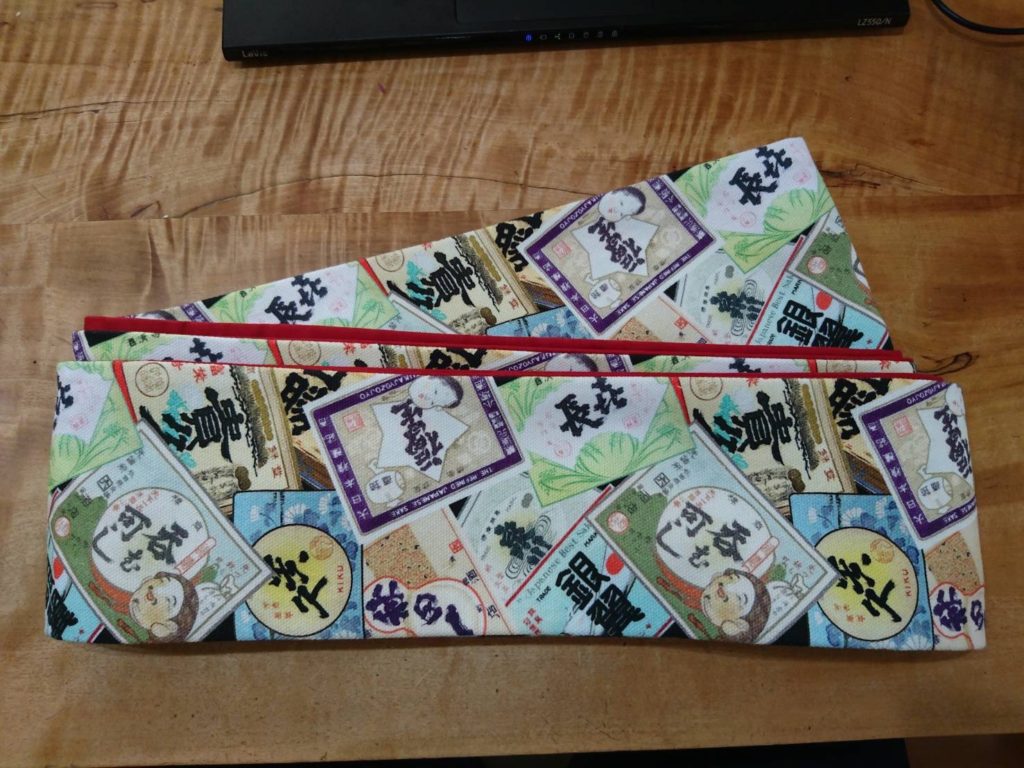
2,How to Coordinate Obi
1,Harmony of formality
When matching an obi, it is important to match the style to the kimono and the place where it will be worn. There are many people who say, “What is the rating system of an obi? There are many people who say, “I don’t know about that…”. It is difficult for me to tell you in words without actually seeing the obi, but one way is to judge it by the type of obi mentioned above, as well as the material and weave. If you are a beginner, first remember that the gold and silver glittering hukuro-obi are formal. On the other hand, Nagoya-obi and Hanhaba-obi are almost always considered fashionable.
One exception is the Hassun-nagoya-obi, called Tsuzure-obi, which is used for formal occasions, but that is only a part of the story.
2,Harmony of materials
Once you know the grade of the obi, the next step is to understand the atmosphere of the material.
① Dyed kimono and woven obi
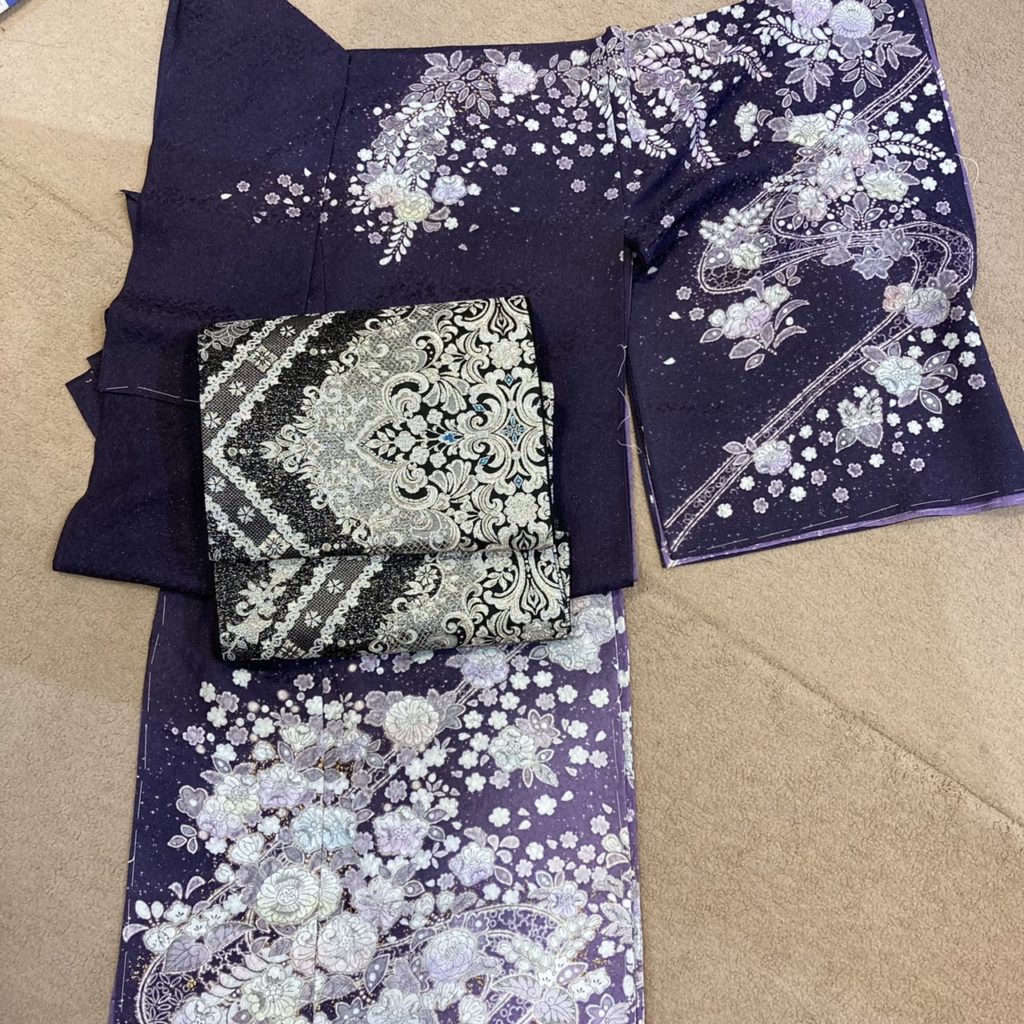
“A combination of a Chirimen or Rinzu kimono and a woven obi. It is used for both formal wear and everyday wear. If the kimono is dressy, a shiny obi can be used to give it an even higher quality.
② Dyed kimono and dyed obi
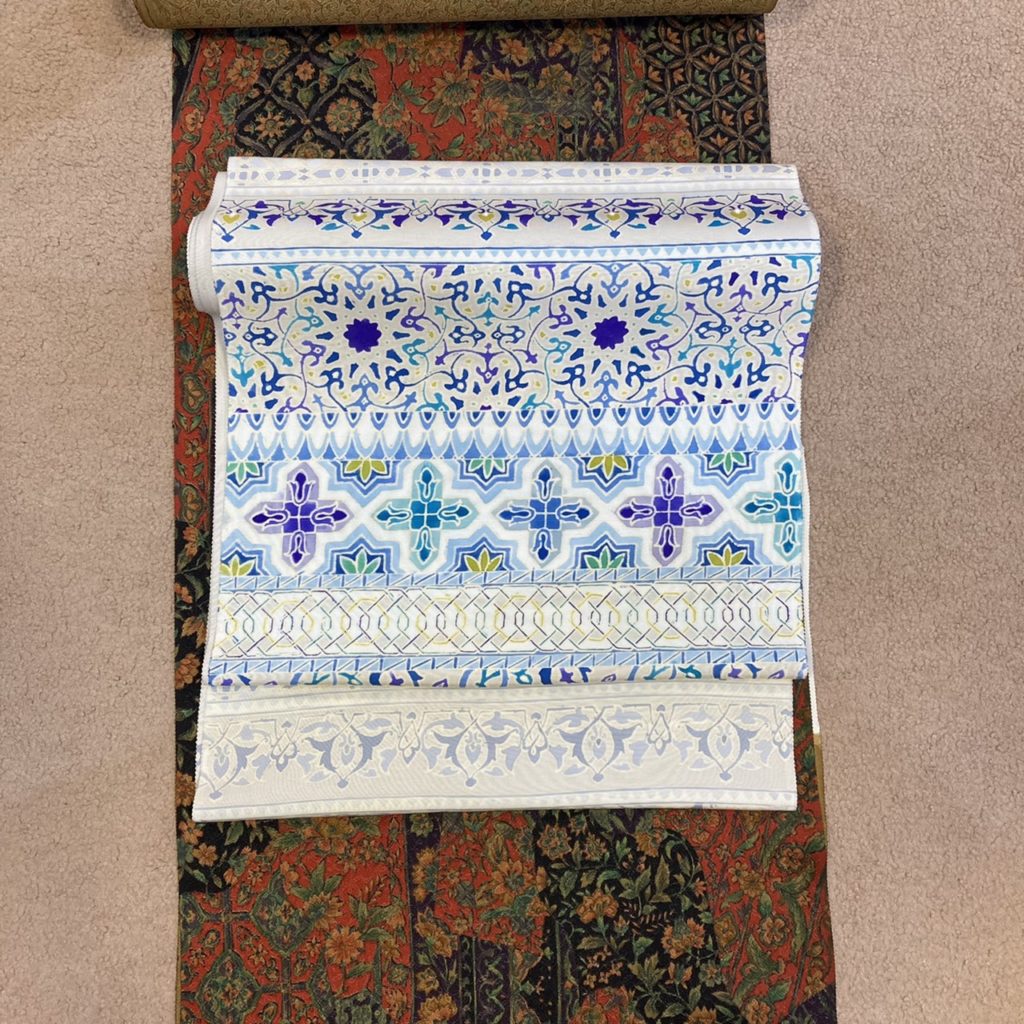
The combination of a Chirimen or Rinzu kimono with a similar material or a Shioze dyed obi. This is a great way to dress for social occasions because it gives you a gentle feminine look.
③ A woven kimono and a dyed obi
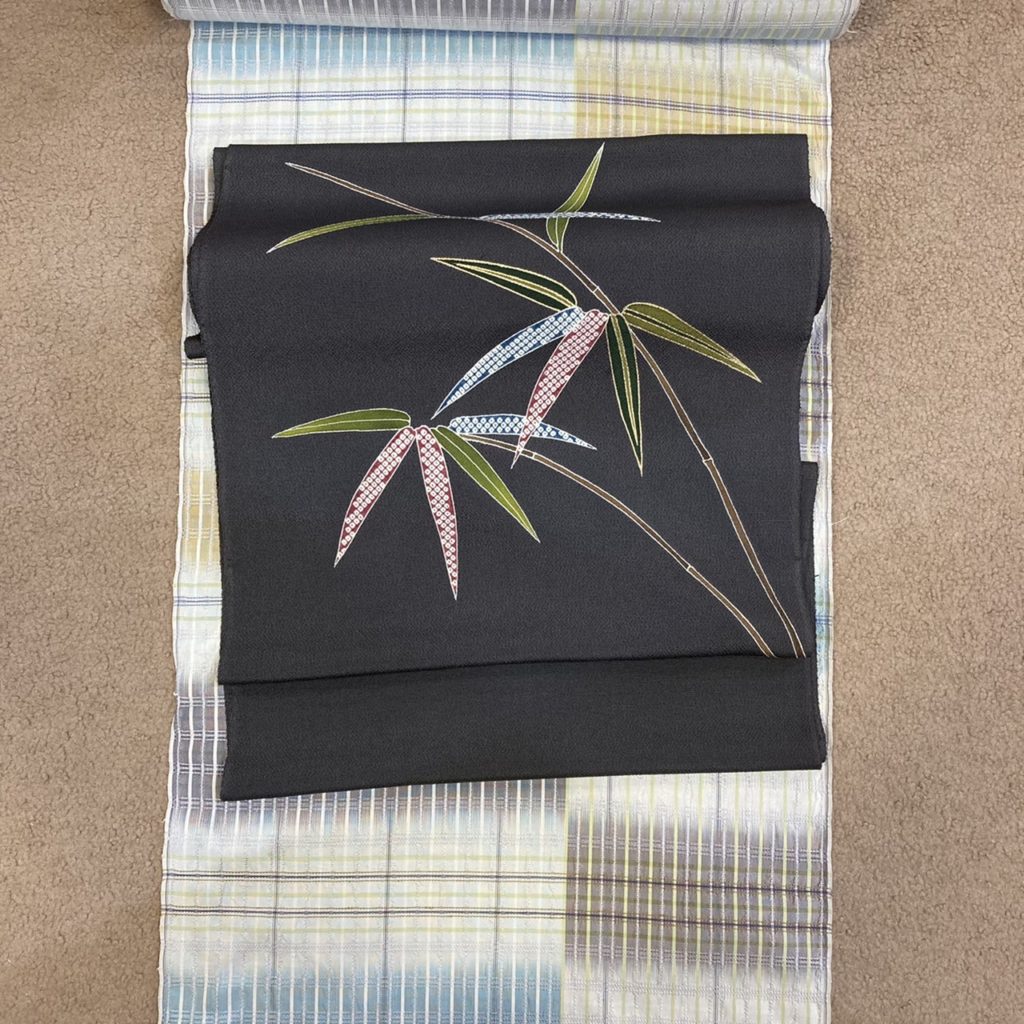
The traditional way to wear a kimono is to combine a woven kimono such as Ooshima-tsumugi or Yuki-tsumugi with a dyed obi. The softness of the dyed obi compensates for the stiffness of the woven kimono.
④ Woven Kimono and Woven Obi
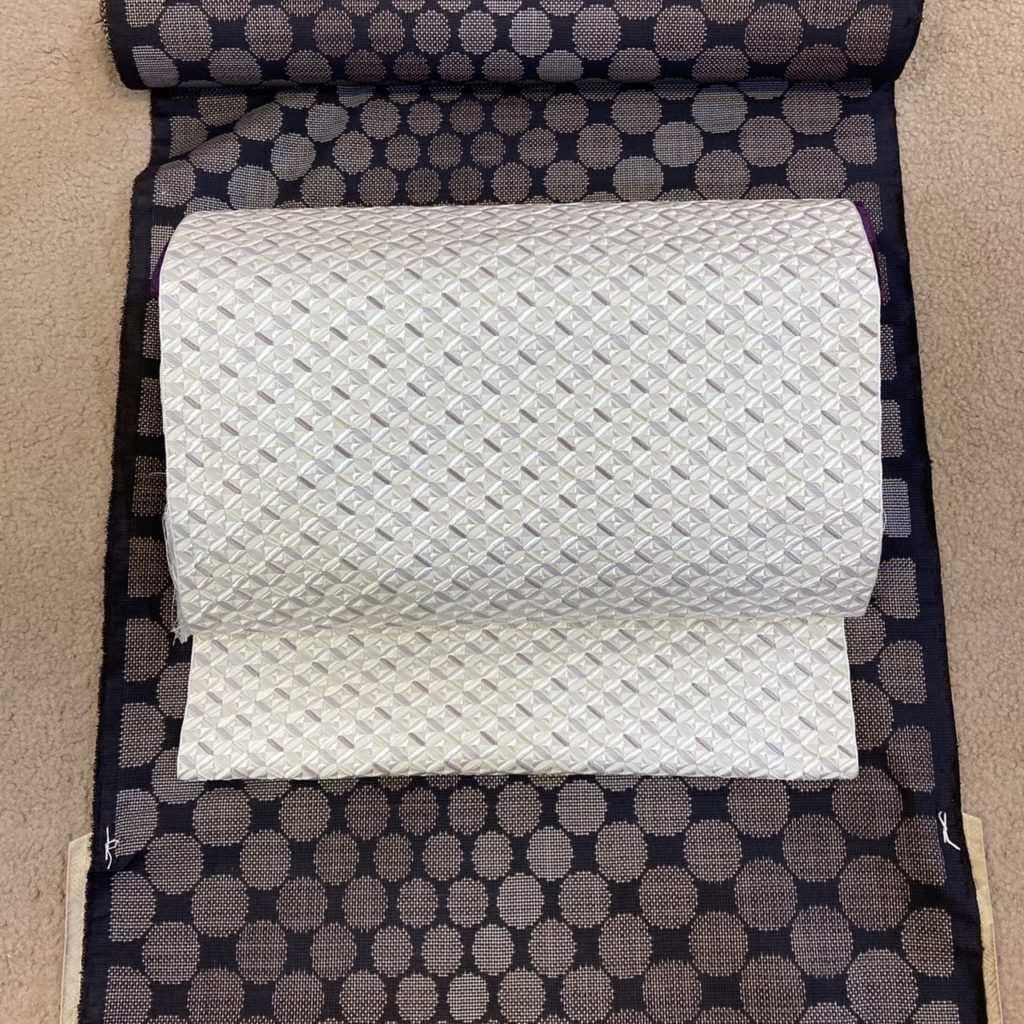
A combination of a woven kimono, such as Ooshima-tsumugi or Yuki-tsumugi, and a woven obi. In general, it is suitable for street wear or practice wear, and depending on the color and pattern, it is used as a combination for social wear.
3,Color harmony
The atmosphere of the kimono and obi, as well as the accessories, can make a big difference in the impression of the kimono.
① How to match with the same color
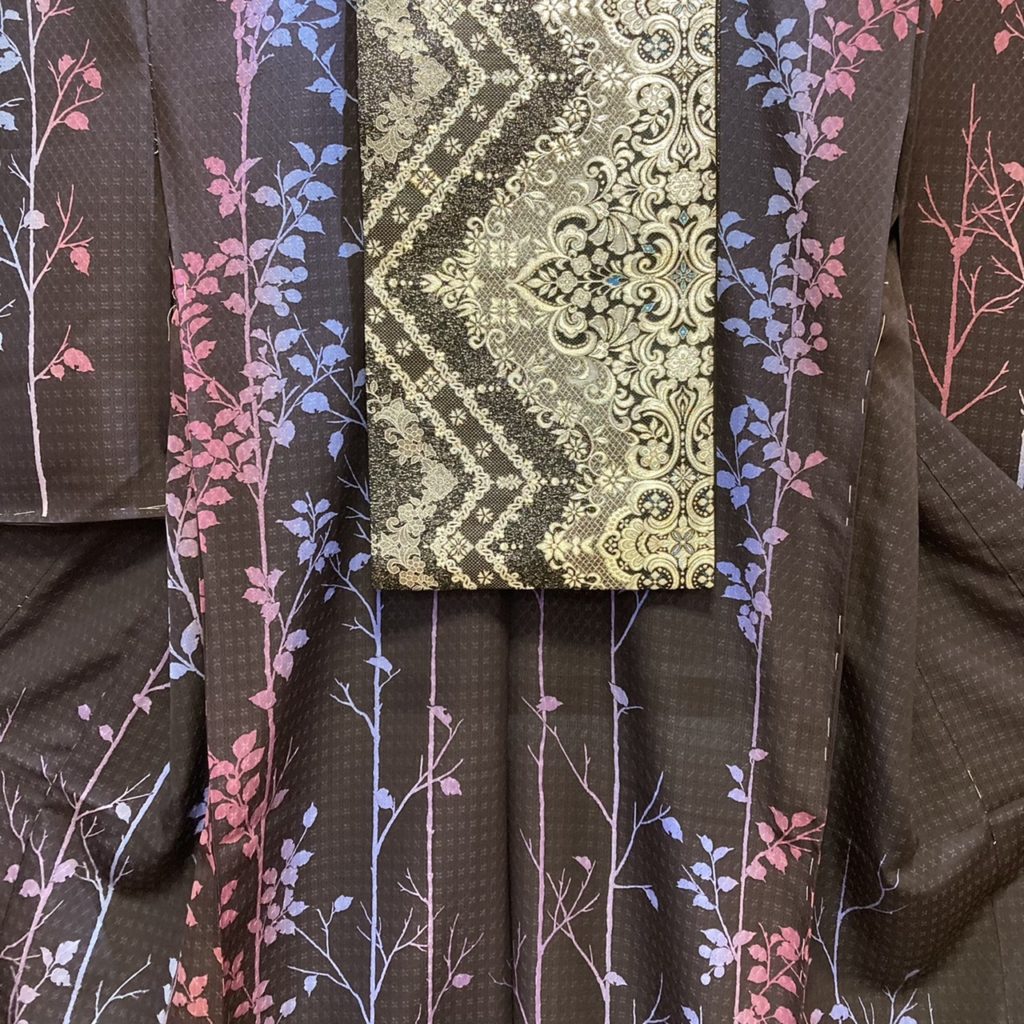
It is said to be a modern look, a safe combination, neat, elegant and stable. It is versatile, and is generally worn in shades of the same color, giving a clean and elegant impression.
② How to match with opposite colors
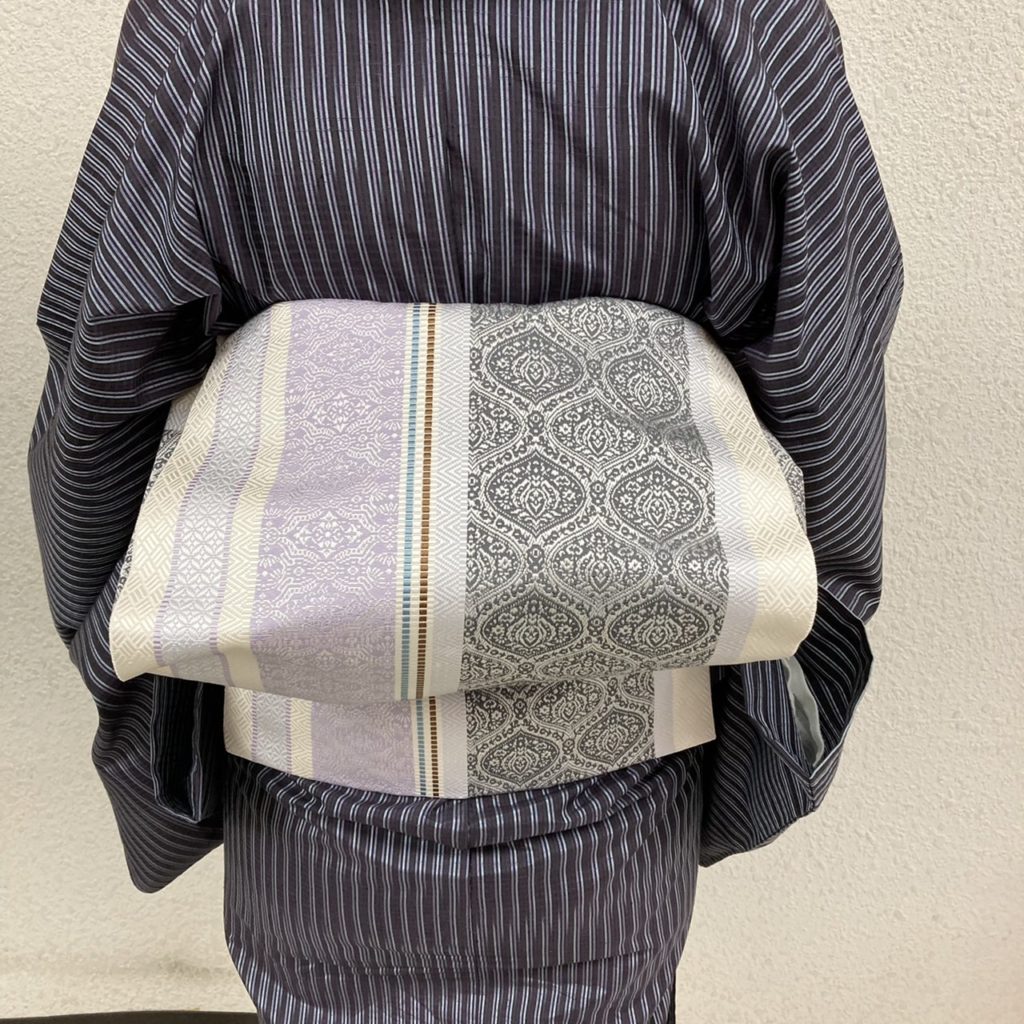
It is said to be a chic way of dressing, a unique combination, a combination with youthfulness, a classic look, etc. When matching an obi, it is best to match the color of the hakkake or part of the kimono (pattern or ground color) to achieve a good overall balance.
The basic knowledge of kimono is like this, but as I mentioned at the beginning of this article, there is no problem with everyday wear because we enjoy it as fashion. However, it is necessary to remember such things in places where there is a partner. If you really don’t know what to do, it would be a good idea to consult with your local kimono shop. If you have a photo, we can consult with you. Instagram:warashibe_choja.jp
